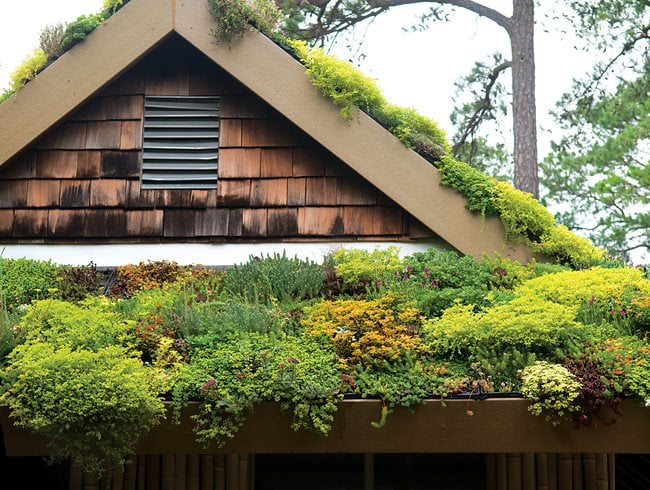
The Eco-Friendly Revolution: Embracing Green Roofing
The world is embracing sustainable solutions at an unprecedented pace. Among these, green roofing stands out as a transformative innovation. It’s not merely a trend but a pivotal shift toward environmentally conscious construction practices that offer multifaceted benefits.
Understanding Green Roofing
Green roofing involves the cultivation of vegetation atop buildings, creating a living, breathing ecosystem. This innovative roofing method isn’t solely about aesthetic appeal; it significantly contributes to ecological balance and energy efficiency.
These roofs are multi-layered systems, comprising waterproof membranes, a growing medium, and vegetation. They provide insulation, absorb rainwater, and mitigate the urban heat island effect.
Environmental Impact and Benefits
The environmental advantages of green roofing are immense. They play a vital role in reducing carbon emissions, purifying the air, and fostering biodiversity in urban areas. By absorbing CO2 and releasing oxygen, these roofs act as natural air filters, contributing to cleaner and healthier cities.
Moreover, they assist in managing stormwater runoff by absorbing and slowing rainwater, thereby reducing the strain on drainage systems. This not only prevents flooding but also minimizes pollution in water bodies caused by runoff.
Energy Efficiency and Economic Gains
Green roofs offer substantial energy-saving benefits. By providing natural insulation, they regulate indoor temperatures, reducing the need for excessive heating or cooling. This results in lower energy consumption, subsequently decreasing utility bills and overall building maintenance costs.
Furthermore, these roofs extend the lifespan of the underlying roofing structure by shielding it from harsh weather conditions, ultimately reducing the frequency of repairs and replacements.
Urban Development and Community Well-being
The implementation of green roofing solutions extends beyond individual buildings. It fosters a more sustainable approach to urban development. By enhancing green spaces in cities, these roofs contribute to a healthier and more enjoyable environment for residents.
Communities benefit from improved mental health and well-being through increased access to greenery and natural landscapes. Additionally, they promote a sense of community involvement through initiatives like urban gardening and communal green spaces.
Embracing a Sustainable Future
As society pivots toward sustainability, embracing green roofing solutions becomes imperative. It’s a tangible step toward mitigating the effects of climate change and fostering a more harmonious relationship between urban development and nature.
It’s crucial for individuals, businesses, and policymakers to recognize the significance of green roofing in shaping a more sustainable future. By incentivizing and promoting the adoption of these eco-friendly practices, we can collectively contribute to a healthier planet.
Green Roofing Solutions: Navigating the Future
To delve deeper into the world of green roofing solutions and their diverse applications, explore Green Roofing Solutions. This comprehensive resource offers insights, case studies, and practical guidance for embracing sustainable roofing practices.
In conclusion, green roofing is not just a concept; it’s a paradigm shift toward a greener, more sustainable future. Its impact spans environmental, economic, and societal realms, making it a cornerstone of modern eco-conscious construction. By incorporating these innovative solutions, we can pave the way for a more resilient and environmentally responsible built environment.

